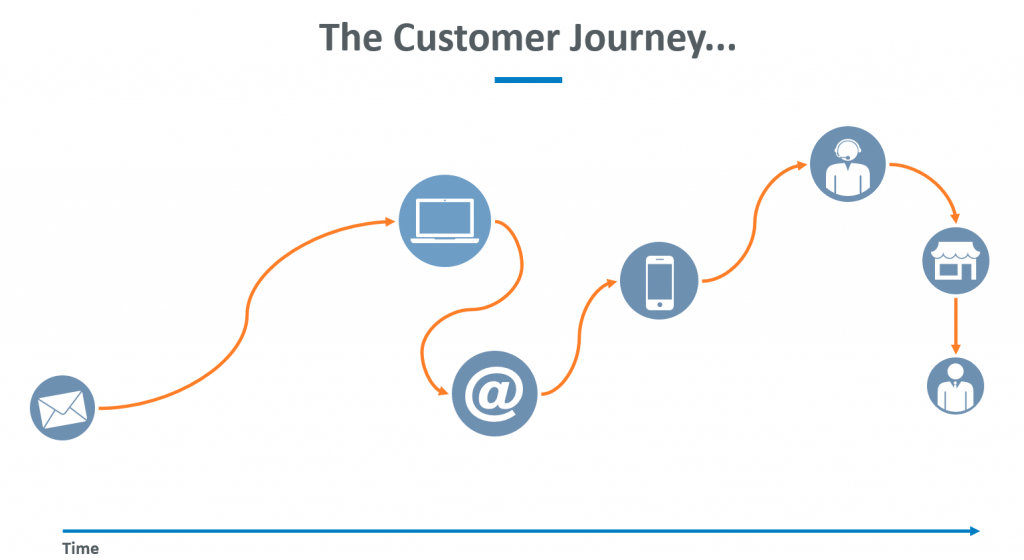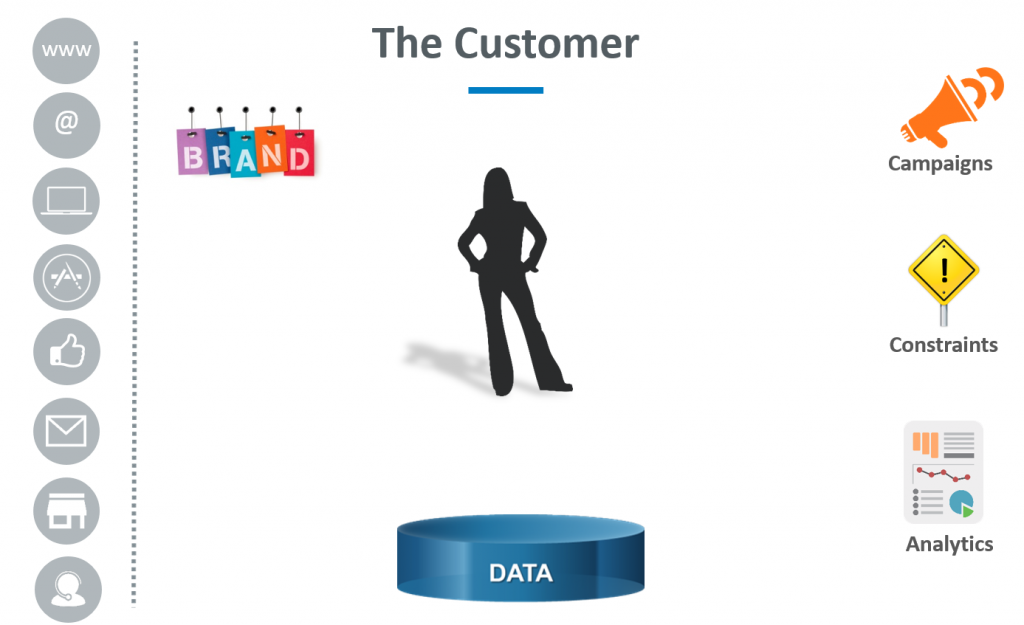As data-driven marketers, you are now challenged by senior leaders to have a laser focus on the customer journey and optimize the path of consumer interactions with your brand. Within that journey there are three trends (or challenges) to focus on:
- Deeply understanding your target audience to anticipate their needs and desires.
- Meeting customers’ expectations (although aiming higher can help differentiate your brand from the pack).
- Addressing their pain points to increase your brand's relevance.
No matter who you chat with, or what marketing conference you recently attended, it's safe to say that the intersection of digital marketing, analytics, optimization and personalization is a popular subject of conversation. Let's review the popular buzzwords at the moment:
- Predictive personalization
- Data science
- Machine learning
- Self-learning algorithms
- Segment of one
- Contextual awareness
- Real time
- Automation
- Artificial intelligence
It's quite possible you have encountered these words at such a high frequency, you could make a drinking game out of it.
There’s a lot of confusion created by these terms and what they mean. For instance, there is hubbub around so-called ‘easy button’ solutions that marketing cloud companies are selling for customer analytics and data-drive personalization. In reaction to this, I set off on a personal quest to research questions like:
- Does every technology perform analytics and personalization equally?
- What are the benefits and drawbacks to analytic automation?
- What are the downstream impacts to the predictive recommendations marketers depend on for personalized interactions across channels?
- Should I be comfortable trusting a black-box algorithm and how it impacts the facilitated experiences my brand delivers to customers and prospects?
- Do you need a data scientist to be successful in modern marketing?
- Is high quality analytic talent extremely difficult to find?
- How valid is the complaint of a data science talent shortage?
- How do I balance the needs of my marketing organization with recent analytic technology trends?
Have I captivated your interest? If yes, check out this on-demand webcast.
It's time to dive in deep and unleash on these questions. During the video, I share the results of my investigation into these questions, and reactive viewpoints. In addition, you will be introduced to new SAS Customer Intelligence 360 technology addressing these challenges. I believe in a future where approachable technology and analytically-curious people come together to deliver intelligent customer interactions. Analytically curious people can be data scientists, citizen data scientists, statisticians, marketing analysts, digital marketers, creative super forces and more. Building teams of these individuals armed with modern customer analytics software tools will help you differentiate and compete in today's marketing ecosystem.


